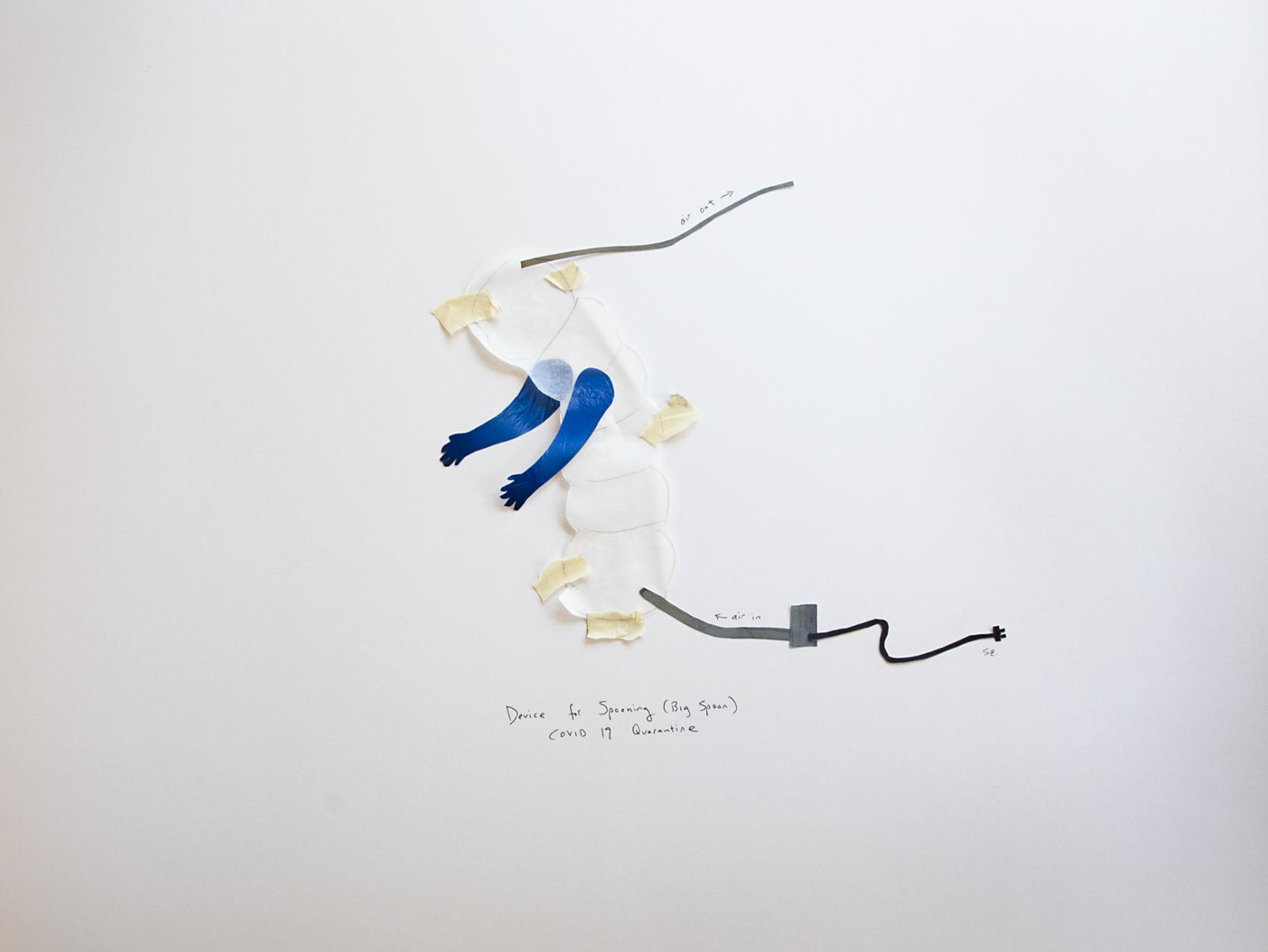
Dylan Mortimer, The Ceiling Can’t Hold Us, 2018
Health and the Human Body
The human body is a biological machine to be studied, explored, and better understood. ARI’s inquiries into health and the human body explore our relationship to the body and the many facets of its well-being.
Healing, Knowing, Seeing the Body

Andrew Carnie, Verberations, 2020
2021
This exhibition explored the diverse, dynamic, and sometimes contradictory ways we understand and experience our bodies through works of art from the Spencer’s collection, as well as commissions and loans. Together, these works revealed the many ways that artists, scientists, healers, and others have come to understand the body through time and across cultural contexts. Healing addressed broad topics such as cross-cultural perspectives on illness, aging, and death. Knowing examined the roles that art can play in expanding knowledge about the body. Seeing highlighted the new forms of understanding we generate by observing and visualizing the body.
Selected publications and media
Tending to the Body

Szu-Han Ho, Device for Spooning (Big Spoon), COVID19, 2020
2021
This virtual exhibition was a companion to Healing, Knowing, Seeing the Body that expanded engagement opportunities during Covid-19 lockdowns. We mailed microphones for interviews, created online encounters with works of art, and received videos from artists. This digital space is less a finished presentation and more a log of the way the research and artistic practices of others guide ARI’s work.
Selected publications and media
- Tending to the Body (YouTube)
- Art Papers, Interview with Joey Orr, "Szu-Han Ho: COVID-19, the #PPE we all need"
- Andrew S. Yang with Christa Donner, How to Wash Your Hands (YouTube)
- Imani A. Wadud, The Blackout Doors (YouTube)